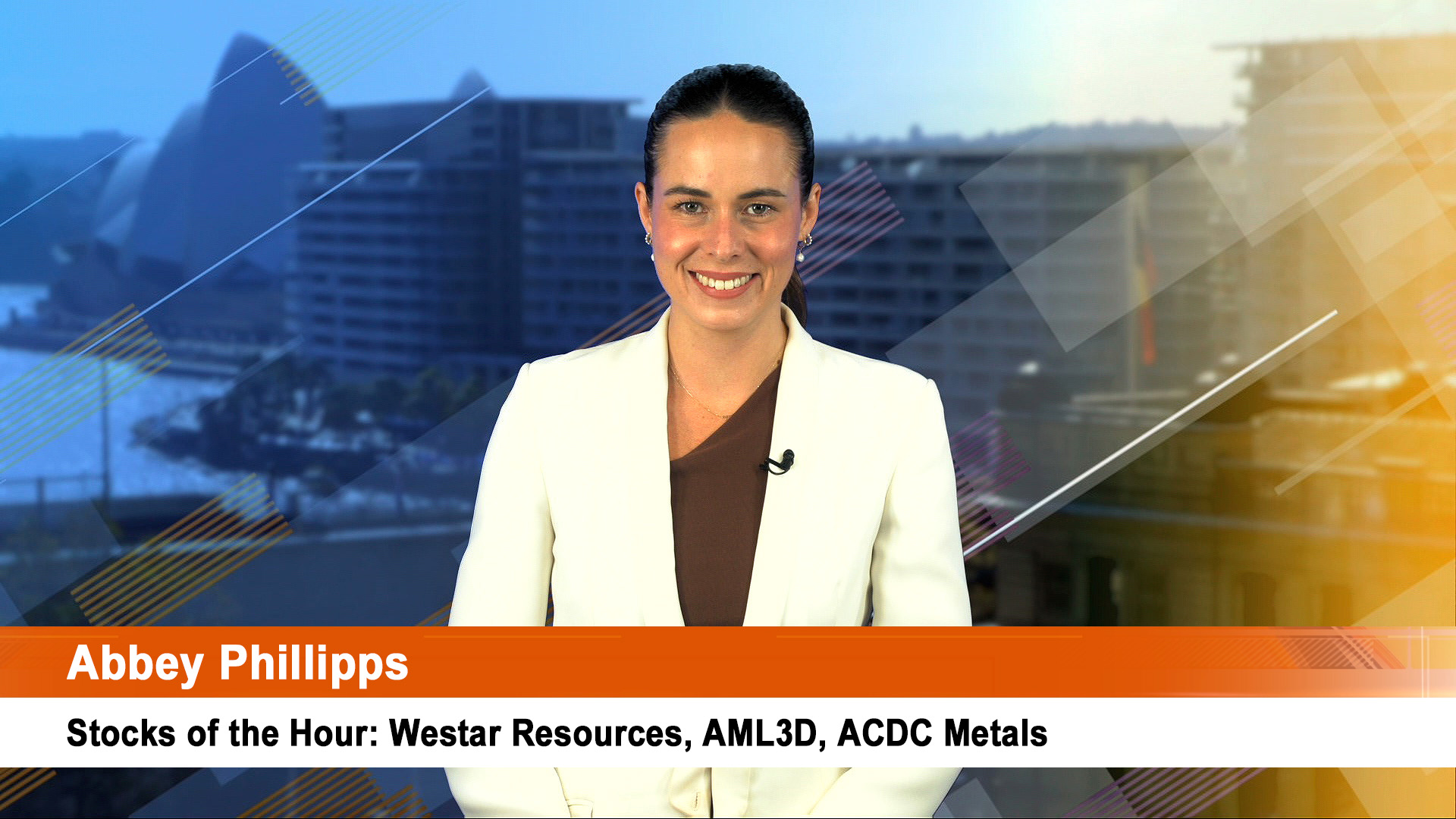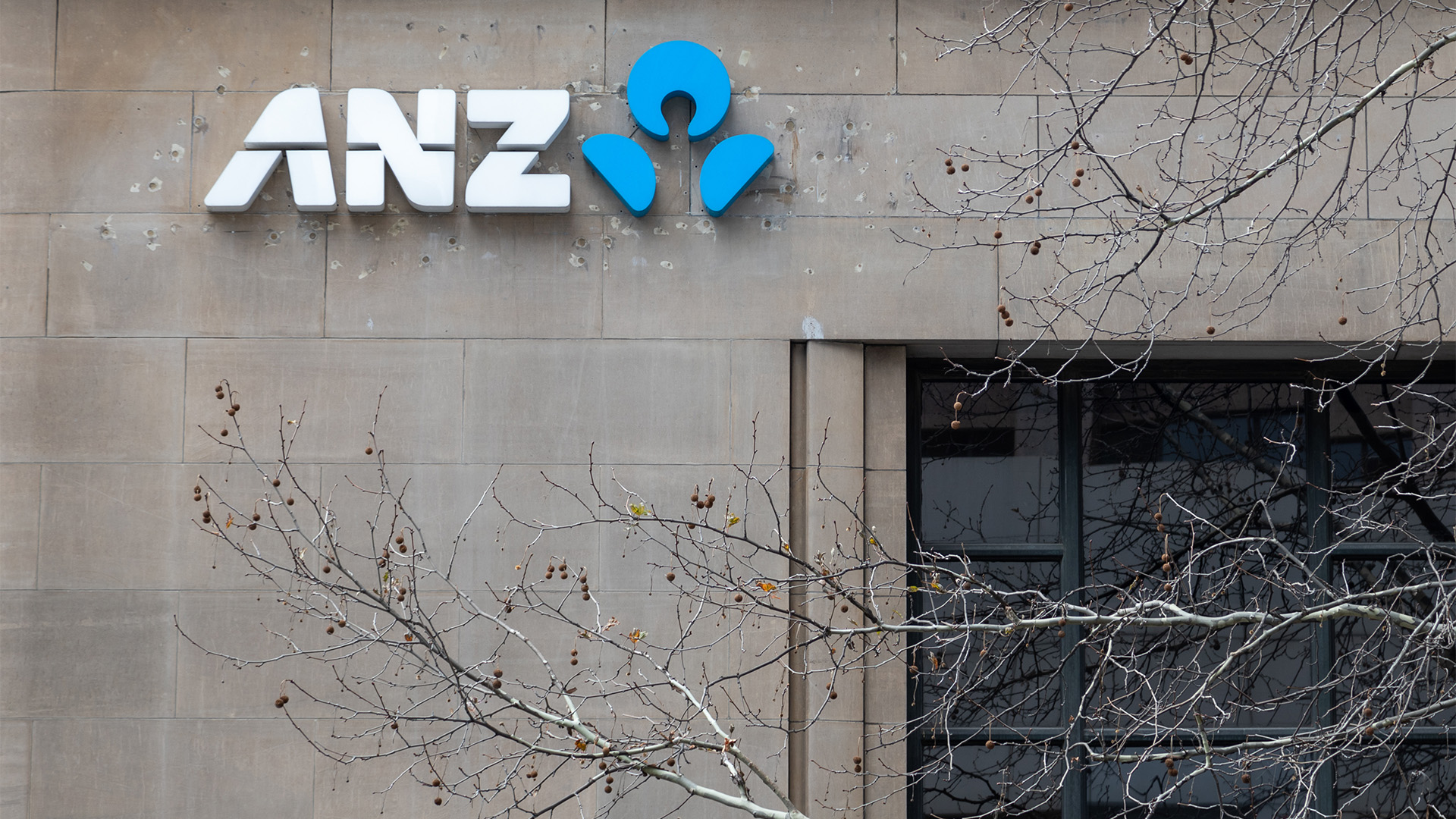We all moan about ‘the banks’ – in reality the CBA, Westpac, ANZ and NAB. But But most Australians have, one way or another, a stake in their super profits.
Through superannuation or direct investments, millions of Australians, working and retired, receive huge dividend flows from the big four banks – around $20 billion, perhaps a bit more this year with Westpac’s 20c a share special payments.
So while we rail about their profits, the lack of competition, high fees and charges (and use phrases like, all banks are b*stards), the reality is that we all love them for their profits and the rich dividends they produce.
That’s why the big four have a combined market value of well over $410 billion and dominate the stockmarket and the economy. Their high dividends and yields guarantee our love.
This week we saw Westpac confirm its number two ranking, and the Commonwealth maintain its top spot with a solid rise in earnings for the September quarter. That pushed the CBA’s price to a new high, but Westpac struggled in the wake of its full year result.
Today Westpac went ex dividend and the shares fell – on Thursday it was the NAB and ANZ – and the shares fell. But they will recover those losses in coming months because as the CBA update told us the banking sector remains solid and profitable.
The big four banks are in fact far more profitable than anyone cares to admit – earning profits of more than 50% of sales, which ranks them among the wealthiest businesses in the economy.
They are more profitable than the Australian business and investment media cares to admit (and the media itself).
Only businesses like the Western Australian iron ore exporting operations of BHP Billion, Rio Tinto and Fortescue, are more profitable with which gross profit margins close to 70%.
Not even the mighty Apple is as profitable as our big four banks – in the year to September 30, the iPhone maker had a gross profit margin of 37%, well short of the levels of the big four banks.
The just completed reporting season for the big four banks showed they earned a collective $27.4 billion in net profits on revenues of $76 billion.
That’s a high level of profitability, measured in the usual way after tax, depreciation, amortisation and providing for bad and doubtful debts. Its around 37%.
But the real picture is very different – the banks’ basic profitability is over $42 billion on a pre-tax basis. That’s an operating profit margin of more than 55%.
The banks focus on returns on equity (which are rich enough ranging from nearly 15% to more than 18% for the Commonwealth), but a better guide is the basic profitability of the banks – how much money they make from each dollar of income, before deductions. In all cases its more than 55 cents in the dollar. These are the financial joys of an oligopoly.
In June, the big four banks were ranked the most profitable in the developed world for the third year running by the Bank for International Settlements (the central banks’ central bank) in Switzerland. The report found the Commonwealth Bank, Westpac, ANZ and NAB made better returns on their assets in 2012 than lenders in 10 major developed countries, including Canada, the US, Britain and Europe. That has improved in 2013. But the real picture is even more amazing.
The accountants/bean counters, auditors/chief financial officers stretch and fit their companies results to fit the best possible fit for their employer’s current financial state. Banks love cash profit as the best indicator of after tax profit, instead of statutory profits.
Cash profits strip out asset valuation changes and other non-cash items. They give tell us about the profitability of the banks, but not the full story. Companies can influence the tax, depreciation and amortisation charges by either borrowing more or less money (interest is a tax deduction), or altering the write-off schedules for depreciation and amortisation.
But profit is such a flexible concept, as we see every year with companies large and small selecting and emphasising the profit description that best fits the current year’s results – net profit, underlying earnings, earnings before/after significant items, earnings before interest and tax, earnings before interest, tax, depreciation and amortisation. Or we can have operating profit, or net operating income.
Net profit is the conventional way of measuring the profitability of a company, but that is limited because of the way companies can manipulate tgeir tax and depreciation charges, as well as bad debt charges in the case of the banks. Gross or operating profit (also referred to as ebitda or earnings before interest, tax, depreciation and amortisation). Media companies use this measure (ebitda) to compare themselves.
But the banks include depreciation and amortisation in their "operating expenses" and don’t break out the figures like other companies do. Interest charges are included in operating expenses by the banks to produce earnings before interest and tax (ebit) that retailers use for their basic comparisons.
So based on operating profit before tax, the Commonwealth had revenue of $21.5 billion and cash profit of $7.891 billion. But its operating profit was $11.894 billion. The profit to sales revenue ratio was 55.3%. Westpac had a profit to sales revenue of 57.4%. Based on revenue of $18.64 billion and gross profit of $10.71 million. Its cash profit was $7.09 billion. The ANZ had an operating profit to sales ratio of 55.3%. It had revenue of $18.44 billion and a gross profit of $10.21 billion. Its cash profit was $6.5 billion. The NAB had a profit to sales revenue of 56%, based on revenue of $18.58 billion and gross earnings of $10.406 billion. Its cash profit was the lowest at $5.94 million.
Interestingly, the NAB, Westpac and ANZ all deduct their bad and doubtful debt charges from gross profit, but the Commonwealth takes the charge before giving its "net profit before income tax,".
Looking at the banks’ performance from their operating profits, the ANZ did the best, lifting operating earnings by a billion, and the NAB did the worst, boosting its operating income by only $6 million.
The CBA increased its operating profit by $899 million and Westpac lifted its profit by $638 million. But the bottom line is that our big four banks are immensely profitable businesses that don’t really need to cut staff, send jobs offshore or other dramatic cost reductions. All those moves do is to increase the profit margin and make executives richer. But we shareholders pick up gains as well in dividends and share price appreciation.
But remember, sometime the current boom will take a rest, and even go backwards. Something will be reported by one of the banks that will trigger a change in sentiment. The key will be to take a long view. The only potential danger is if the emerging boom in house prices gets out of control and the RBA and APRA have to crack down on lending practices to prick the boom.













